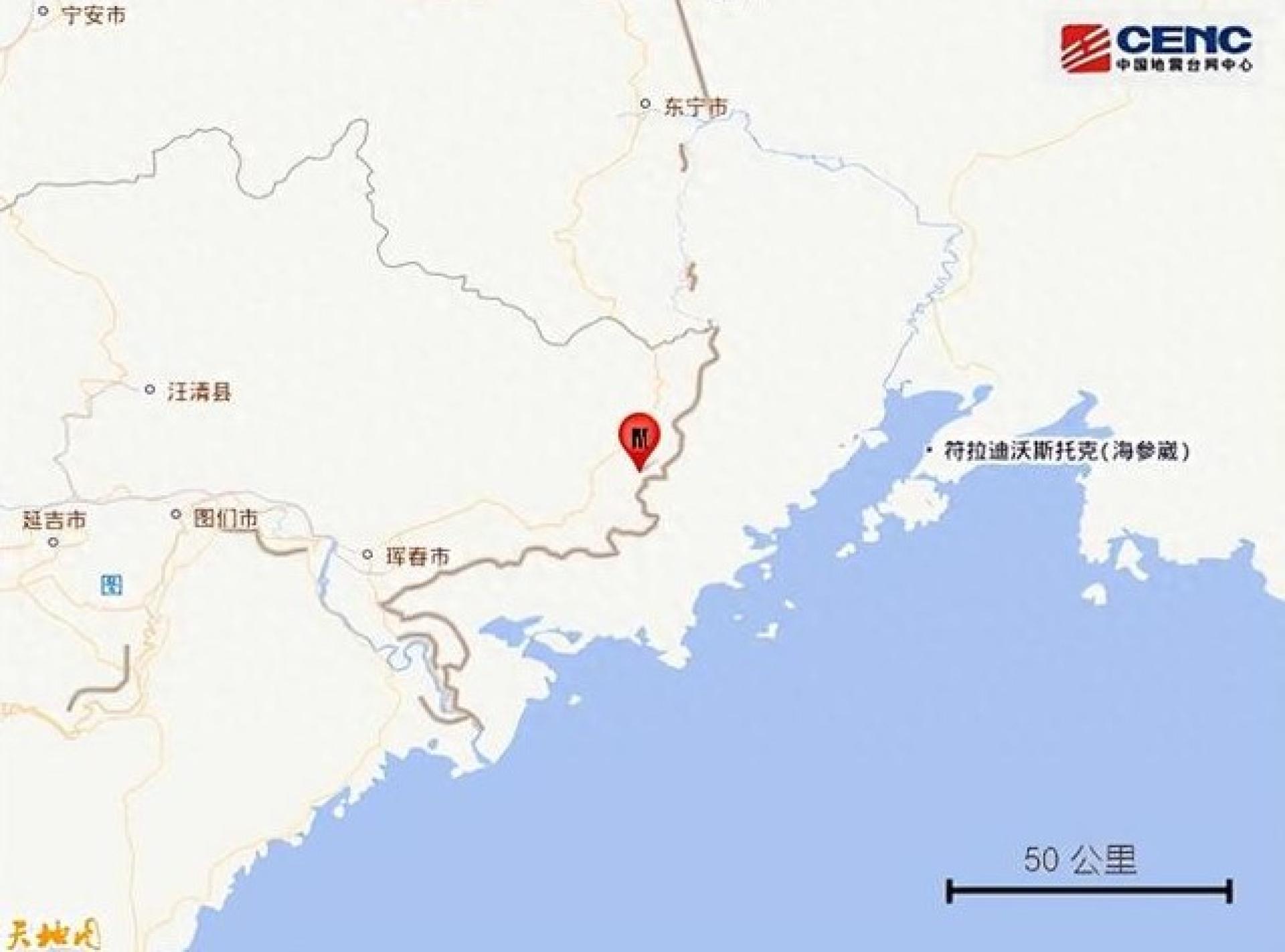On Saturday night (October 25), a 5.5-magnitude earthquake struck Hunchun City, Yanbian Prefecture, Jilin. China's Ministry of Water Resources immediately initiated the water resources earthquake response and disaster relief command mechanism.
According to comprehensive reports from Xinhua News Agency and China Youth Daily, a 5.5-magnitude earthquake occurred in Hunchun City, Yanbian Prefecture, Jilin at 7:45 pm on Saturday, with a focal depth of 560 kilometers. According to preliminary inspections, there have been no reports of housing damage or casualties so far. Local authorities are still further verifying the relevant situation.
On the same night, the Ministry of Water Resources held a special meeting to analyze and assess the impact of the earthquake on water conservancy projects and rural water supply, to evaluate rainfall and hydrological conditions in the quake zone, and to arrange and deploy earthquake response and disaster relief in the water resources sector. The Ministry promptly carried out inspections of rivers in the quake zone as well as distribution of reservoirs, hydropower stations, embankments, rural water supply projects, sluices, hydrological monitoring stations, and other water resources projects, and notified the Jilin Provincial Water Resources Department, urging local water resources authorities to conduct a comprehensive investigation into possible earthquake damage to water infrastructure.
The Jilin Provincial Water Resources Department immediately organized an inspection of Laolongkou Reservoir and other water resources projects within the quake zone, and has not yet received any reports of earthquake-related damage to water resources infrastructure.
According to forecasts, there will be basically no rain in the quake zone for the next three days. The Ministry of Water Resources stated that it will continue to closely monitor rainfall, water conditions, and the operational status of water resources projects in the affected area, guide the Jilin Provincial Water Resources Department to continue earthquake damage inspections and emergency response work for water infrastructure in the quake zone, and strictly prevent secondary disasters.
According to comprehensive reports from Xinhua News Agency and China Youth Daily, a 5.5-magnitude earthquake occurred in Hunchun City, Yanbian Prefecture, Jilin at 7:45 pm on Saturday, with a focal depth of 560 kilometers. According to preliminary inspections, there have been no reports of housing damage or casualties so far. Local authorities are still further verifying the relevant situation.
On the same night, the Ministry of Water Resources held a special meeting to analyze and assess the impact of the earthquake on water conservancy projects and rural water supply, to evaluate rainfall and hydrological conditions in the quake zone, and to arrange and deploy earthquake response and disaster relief in the water resources sector. The Ministry promptly carried out inspections of rivers in the quake zone as well as distribution of reservoirs, hydropower stations, embankments, rural water supply projects, sluices, hydrological monitoring stations, and other water resources projects, and notified the Jilin Provincial Water Resources Department, urging local water resources authorities to conduct a comprehensive investigation into possible earthquake damage to water infrastructure.
The Jilin Provincial Water Resources Department immediately organized an inspection of Laolongkou Reservoir and other water resources projects within the quake zone, and has not yet received any reports of earthquake-related damage to water resources infrastructure.
According to forecasts, there will be basically no rain in the quake zone for the next three days. The Ministry of Water Resources stated that it will continue to closely monitor rainfall, water conditions, and the operational status of water resources projects in the affected area, guide the Jilin Provincial Water Resources Department to continue earthquake damage inspections and emergency response work for water infrastructure in the quake zone, and strictly prevent secondary disasters.
